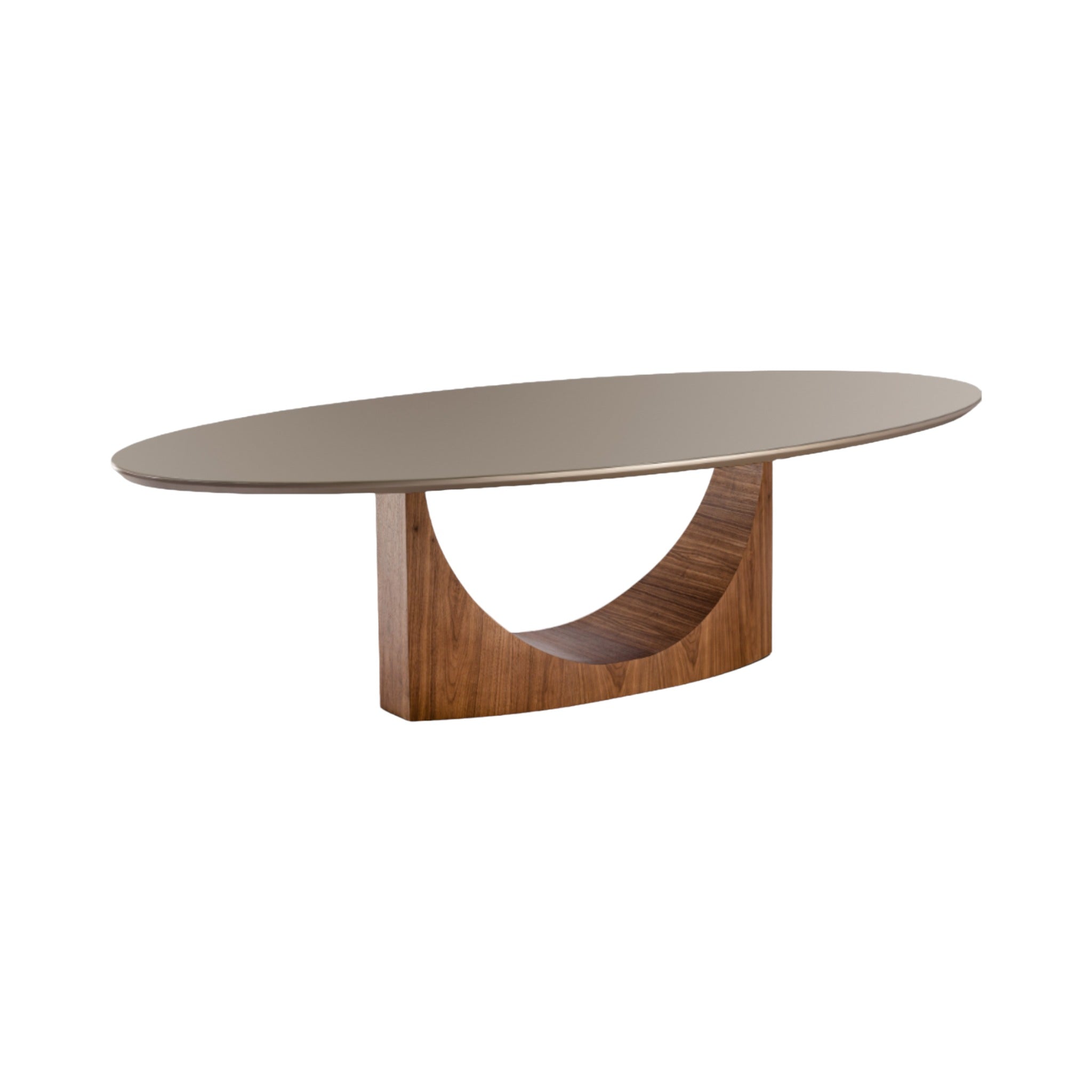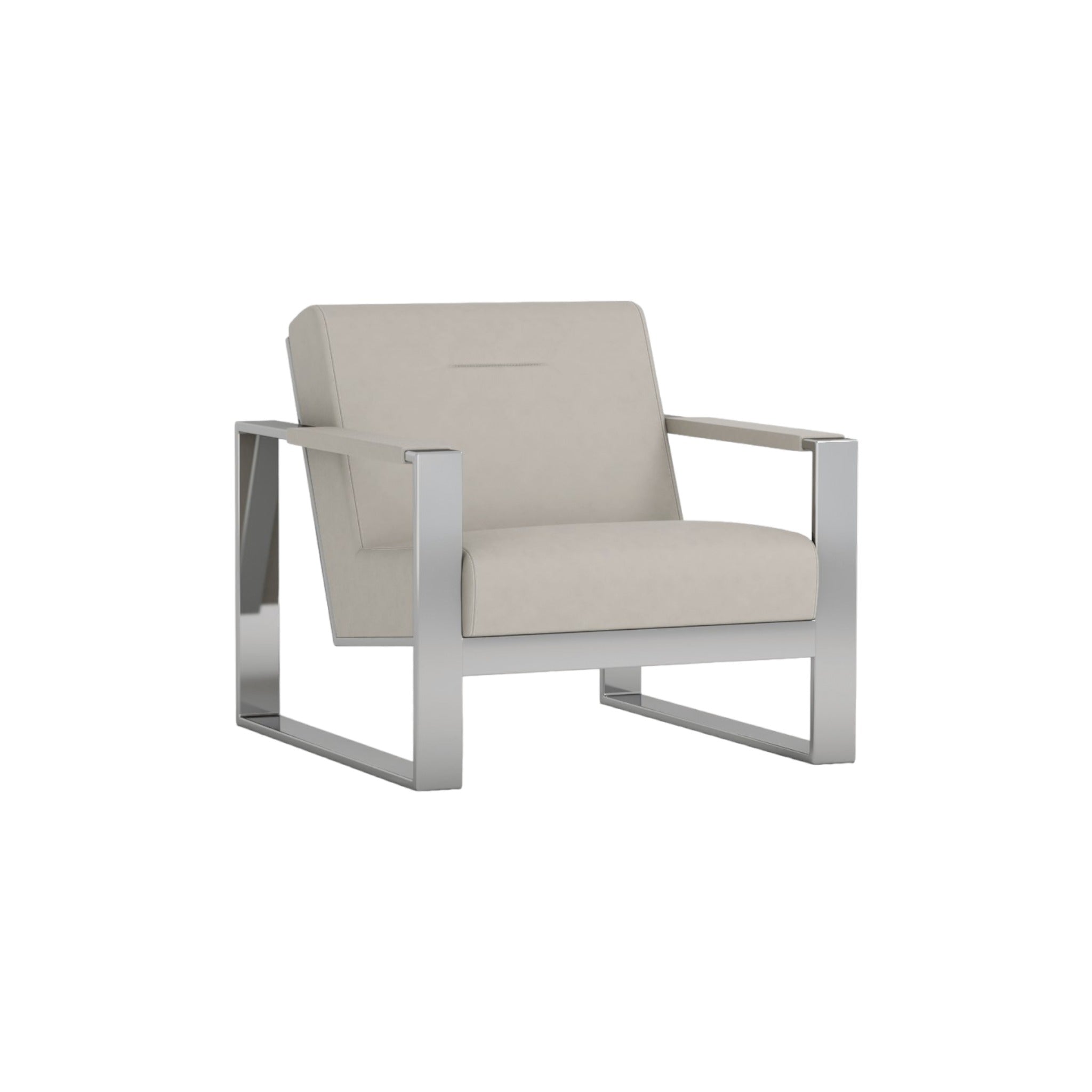

- Your sofa is one of the most used furniture pieces at home. Therefore, take care of it to last for years to come. With prolonged use, fabric upholstery will inevitably show signs of wear and tear, however, that’s not to say you can’t get years of quality service from your sofa.
- All cushions (seat and back), whether are filled with foam, synthetic fibers, or feather, should be plumped regularly. This is vital to best maintain upholstery on an ongoing basis, to help retain comfort, softness, and appearance.


3. Avoid placing your upholstery piece in a place where it might have direct exposure to sunlight. This can cause the fabric or leather to fade.
4. Avoid using any kind of sharp object on the upholstery item, as this can damage the product.


5. Please, consider that pets can unintentionally scratch or damage the product with their claws.
6. For fabrics, use a vacuum cleaner or soft brush to remove dust on a weekly basis. Non removable covers should not be washed or dry-cleaned.


7. Some marks can be removed using a cloth moistened with mild soapy water, and then dry it with a soft towel to avoid a watermark spot. Do not use detergent.
8. Fabric cleaners to remove stains and spots offered in supermarkets are not recommended by us. A specialist cleaning company is the right choice to solve those issues.


9. In case of removable covers, dry cleaning service may be used.
10.Be aware that heavily dyed fabric, like jeans, can transfer to your furniture and provoke discoloration.
11. Whether we talk about microfibers, micro suede (a synthetic suede), or velvet fabrics, the pile will move and catch the light in different directions. If the pile looks like crushed, a sweeping action with a cloth brush may solve this issue. This is not considered a manufactured defect.


12. Some fabrics used in our sofas and chairs have passed an anti-stain process. This coating procedure does not last forever and a new procedure done by a qualified company might be required.
13. As regards fabrics durability, they may vary according to composition (wool, polyester, linen, cotton, rayon). Each fabric passed a double rub count by Martindale test that satisfy a residential use. The higher the double rub count, the better the fabric for commercial use. Ask for more details, in case you are interested in.
14. An annual professional cleaning will keep your upholstered sofa or chair looking better.


15. Leather upholstered furniture have great look and durability. There are different types of leathers (aniline, full grain, split). They are resistant to staining, cracking, and withstand a lot of wear and tear.
16. Vacuum regularly with a soft brush attachment since dirt can damage the surface. Remove any grease stains immediately, since grease can dissolve the protective finish on the surface and damage the leather.


17. Avoid the use of oily cleaners and conditioners, as well as abrasive cleaners or ammonia. They may provoke stains rather than clean it. In case is necessary, wipe the surface with a slightly damp cloth and then, dry the area. You may use non-abrasive leather conditioners and cleaners only from reliable suppliers. Spot test to ensure there will be no discoloration.
18. Thinner leathers are a little softer and best for plum sofas, while thicker leathers are better for more robust and straight form sofas, or dining chair models. Leather marks are common, since the material is natural (not synthetic).


19. New materials such us microfiber leather, PU leather, and PVC leather (eco-leather or synthetic leather) are used in lounge chairs, some dining chairs, and upholstered beds. Care procedures are similar to leather.
20. In all sofas, the regular and intensive use of the same spot, might provoke wrinkles and a change in both seat and back shapes. This is called accumulation, and by no means is considered a manufacturer defect

- Your sofa is one of the most used furniture pieces at home. Therefore, take care of it to last for years to come. With prolonged use, fabric upholstery will inevitably show signs of wear and tear, however, that’s not to say you can’t get years of quality service from your sofa.
- All cushions (seat and back), whether are filled with foam, synthetic fibers, or feather, should be plumped regularly. This is vital to best maintain upholstery on an ongoing basis, to help retain comfort, softness, and appearance.

3. Avoid placing your upholstery piece in a place where it might have direct exposure to sunlight. This can cause the fabric or leather to fade.
4. Avoid using any kind of sharp object on the upholstery item, as this can damage the product.

5. Please, consider that pets can unintentionally scratch or damage the product with their claws.
6. For fabrics, use a vacuum cleaner or soft brush to remove dust on a weekly basis. Non removable covers should not be washed or dry-cleaned.

7. Some marks can be removed using a cloth moistened with mild soapy water, and then dry it with a soft towel to avoid a watermark spot. Do not use detergent.
8. Fabric cleaners to remove stains and spots offered in supermarkets are not recommended by us. A specialist cleaning company is the right choice to solve those issues.

9. In case of removable covers, dry cleaning service may be used.
10.Be aware that heavily dyed fabric, like jeans, can transfer to your furniture and provoke discoloration.
11. Whether we talk about microfibers, micro suede (a synthetic suede), or velvet fabrics, the pile will move and catch the light in different directions. If the pile looks like crushed, a sweeping action with a cloth brush may solve this issue. This is not considered a manufactured defect.

12. Some fabrics used in our sofas and chairs have passed an anti-stain process. This coating procedure does not last forever and a new procedure done by a qualified company might be required.
13. As regards fabrics durability, they may vary according to composition (wool, polyester, linen, cotton, rayon). Each fabric passed a double rub count by Martindale test that satisfy a residential use. The higher the double rub count, the better the fabric for commercial use. Ask for more details, in case you are interested in.
14. An annual professional cleaning will keep your upholstered sofa or chair looking better.

15. Leather upholstered furniture have great look and durability. There are different types of leathers (aniline, full grain, split). They are resistant to staining, cracking, and withstand a lot of wear and tear.
16. Vacuum regularly with a soft brush attachment since dirt can damage the surface. Remove any grease stains immediately, since grease can dissolve the protective finish on the surface and damage the leather.

17. Avoid the use of oily cleaners and conditioners, as well as abrasive cleaners or ammonia. They may provoke stains rather than clean it. In case is necessary, wipe the surface with a slightly damp cloth and then, dry the area. You may use non-abrasive leather conditioners and cleaners only from reliable suppliers. Spot test to ensure there will be no discoloration.
18. Thinner leathers are a little softer and best for plum sofas, while thicker leathers are better for more robust and straight form sofas, or dining chair models. Leather marks are common, since the material is natural (not synthetic).

19. New materials such us microfiber leather, PU leather, and PVC leather (eco-leather or synthetic leather) are used in lounge chairs, some dining chairs, and upholstered beds. Care procedures are similar to leather.
20. In all sofas, the regular and intensive use of the same spot, might provoke wrinkles and a change in both seat and back shapes. This is called accumulation, and by no means is considered a manufacturer defect









Contact Us







